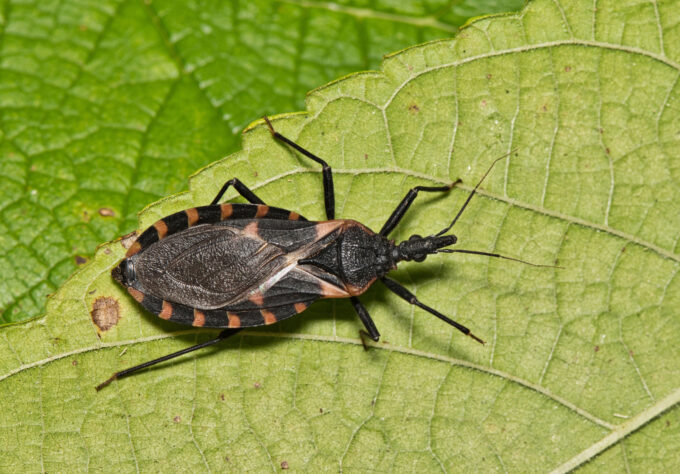The American Academy of Pediatrics recently released new blood pressure assessment guidelines for children, endorsed by the American College of Cardiology and the American Heart Association. The guidelines were last issued in 2004 and restated in 2011. Similar to prior guidelines, children are placed into four groups with regard to blood pressure:
- normal
- elevated – to be managed by lifestyle changes including diet and exercise
- stage 1 hypertension – to be followed by the provider and which may or may not require treatment
- stage 2 hypertension – which requires further workup and medication
What’s Different?
A difference from previous guidelines is the development of new normal blood pressure tables. In the older tables, overweight children’s blood pressure measurements were included. Now the tables are based only on children who are not overweight or obese. As a result, the new blood pressure numbers are slightly lower, leading to slightly lower thresholds at which we want to control the blood pressure and perhaps treat it.
Under the new recommendations, evaluation is simplified.
- If the blood pressure is normal, check it at regular well child visits.
- If the blood pressure is elevated, provide lifestyle counseling and check in again in six months.
- If there is evidence of stage 1 hypertension, check the blood pressure more frequently or consider ambulatory blood pressure monitoring to get better readings.
- If stage 2 hypertension is evident, follow up with your provider right away to discuss workup and treatment options, including medication.
Another change in the 2017 guidelines is the limited use of echocardiogram. Now, we recommend echo testing only if the provider is prepared to start the patient on medication for hypertension. This will reduce the use of unnecessary echocardiograms in the evaluation phase.
Emphasis on Monitoring
The new guidelines puts emphasis on ambulatory blood pressure monitoring. This means the child wears a cuff at home, at school, and at play over the course of 24-hour day. The cuff automatically checks blood pressure 3-4 times an hour when the child is awake and twice an hour during sleep. Since blood pressure is so variable, this gives us a much more accurate assessment of the child’s pressure. It also helps to rule out “white coat” hypertension, which occurs when kids become anxious in the doctor’s office. A third advantage is that ambulatory monitoring can reveal hypertension in kids who have normal readings when they are at rest in the doctor’s office, but become hypertensive throughout the day. This is particularly true of obese patients and is referred to as masked hypertension.
High blood pressure in kids is set at about the 95th percentile. At any given time about 5-8% of U.S. children and teens will have high blood pressure (including kids who are overweight). Because blood pressure levels can vary so much, repeat measures are very important, as suggested by professionals from places such as the Cardiovascular Group. Once you counsel patients for lifestyle modifications and repeat measures, the prevalence of hypertension in the pediatric population comes down to between 1% and 3%.
Prevention
Our ideal is to practice primordial prevention – meaning a person never gets high blood pressure in the first place.
Obesity prevention is the most important step.
Blood pressure is elevated with increasing levels of obesity. It’s also important for kids to be physically active and fit. Physically fit children are less likely to be hypertensive as they get older. Just moving kids from being sedentary to engaging in mild/moderate activity can have a big impact on future hypertension. Regular exercise is proven to prevent rising blood pressure with age. And remember, even kids with high blood pressure (stage 1 or 2) should participate in physical activity and sports, once they have been appropriately evaluated and treated. Activity is the antidote to high blood pressure for both kids and adults.
In addition, diet plays a role in blood pressure control, although dietary impact on blood pressure in kids is less measurable than it is in adults. What we do know is that low fat dairy products and green leafy vegetables may improve blood pressure control, the more the better. Parents should resist serving packaged, processed foods containing salt and other additives that have no nutritional value and can, over time, increase the risk of hypertension.



